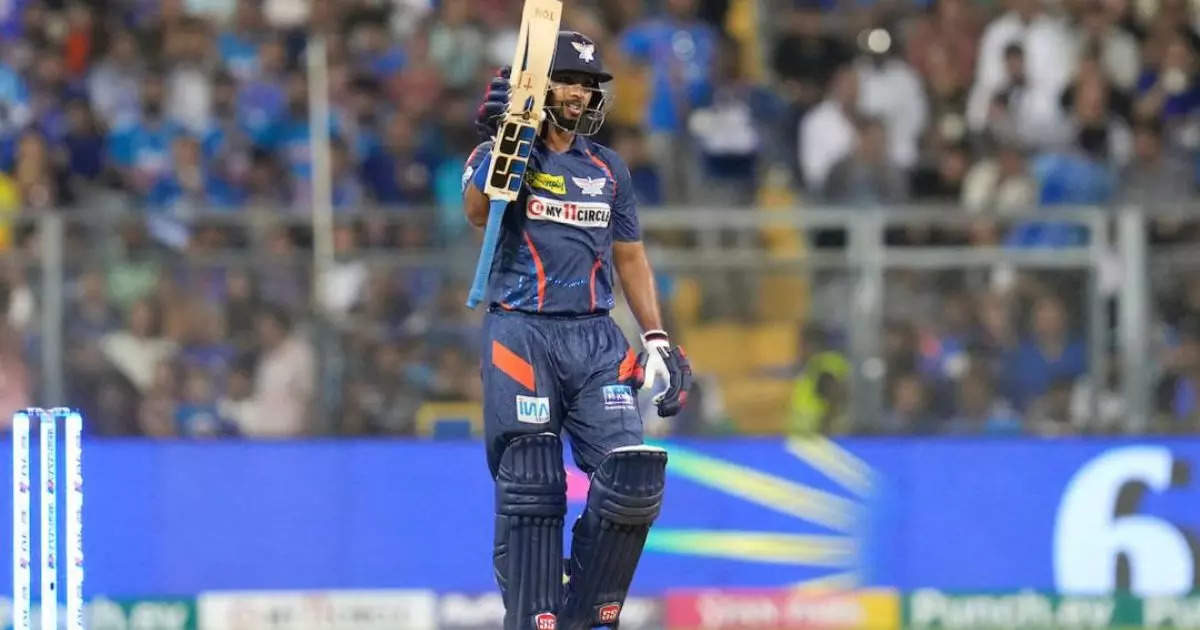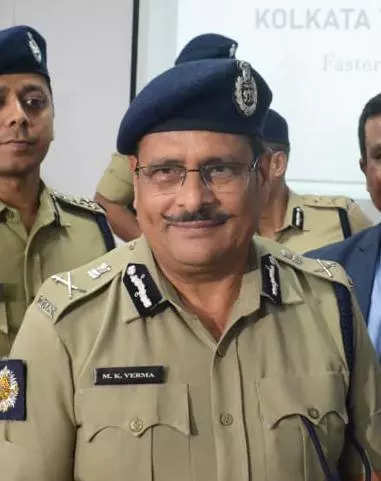India vs Sri Lanka: Experimentation helps India prepare bowling blueprint for the T20 World Cup
India vs Sri Lanka: Experimentation helps India prepare bowling blueprint for the T20 World Cup

On Sunday night, the Indian team management – captain, coach, selectors, et al – would have heaved a sigh of relief. The international T20 season is over and they won’t have to make a couple of harsh decisions. You see Shreyas Iyer has given them all a mega headache going into the 2022 IPL season.
Prior to this series against Sri Lanka, he was sitting on the bench twiddling his thumbs. The experimentation in batting was going as per plan, and in that particular plan, Shreyas doesn’t find himself a spot in the playing eleven. He is a back up to Virat Kohli at number three, and there isn’t much use for that phrase in international cricket.
So, what did Shreyas do? He took his performance up a couple notches. 204 runs in three innings, unbeaten throughout, a strike-rate of 174.36 – he has simply forced a rethink for the Indian management. He also showed Kolkata Knight Riders’ management and fans, just what they can expect from him this coming IPL season.
Now, if there's a new T20 series next week, clearly Rohit Sharma and Rahul Dravid would have had to find a spot for Shreyas in the playing eleven, irrespective of Kohli’s availability. Even so, there is also another question to ask.
With such an attacking display, has Shreyas put pressure on Kohli who is struggling for form at the moment? For a while now, Indian T20 batting has struggled to get a move-on beyond the top-order, which made it requisite to find more firepower in the middle. Shreyas’ display shows that a number three can attack more, whilst finding a balance with building a T20 innings. In that, he has shown there are more ways to bat than just Kohli’s textbook method.
As aforementioned, a lot of people will be relieved there is only Test cricket left before the IPL begins.
It brings us to the other facet of India’s experimentation, and that’s with the ball. Sunday evening was a primer in this regard as India completely overhauled their bowling line-up with as many as four changes. And yet, the result was no different. It underlines certain consistency in the formula that Rohit-Rahul Dravid have evaluated and all that remains is to sew up a final bowling look for the T20 World Cup.
Let us start with the pace department. One of the key observations by commentator Russell Arnold was about the bounce and movement induced from the Dharamsala. “You will get this bounce in Australia, but you won’t get this movement,” he had remarked. As his words hold true, India needs to formulate its pace attack as per the hard surfaces Down Under.
If Venkatesh Iyer is your designated all-rounder, there are three other pacers that India would want to play. One of them will be Jasprit Bumrah, who brings in both pace and guile, and is a complete T20 bowler as such. The other two spots then are divided among bowlers with different traits. On the one hand, you have those who can move the ball specifically under lights but are down on pace. On the other, you have T20 cricket specialists, those who have made their bones in IPL cricket over the past couple seasons.
Deepak Chahar and Bhuvneshwar Kumar are obviously in that first category. Avesh Khan and Harshal Patel come under the second category. Clearly, India needs to find a balance herein to pick from both categories. Over the past two series, Bhuvi has had a resurgence in bowling form and fitness. It seems like Rohit needs his services in Australia, and thereby Kumar is being afforded chances to bowl himself into India’s plans. What of Chahar then, who is in the same mould? And can performances at home against West Indies and Sri Lanka, plus a b-string New Zealand, really be the proper parameter?
Chahar offers something more. The differentiation in age is a factor and perhaps it allows for more fitness and pace. But the stark contrast is in batting. Having honed his skills at Chennai Super Kings, Chahar is more in tune with the T20 format than Kumar. Again though, the question is if their type of pace bowling is needed on Australia’s hard decks?
This is where both Khan and Patel make their respective cases. They have brought a new element to India’s T20 bowling. Patel has his slower variations, which can be tough to fend off on bigger grounds as the batsmen go for leather. Khan has better control and thus can bowl with both the new and old ball, which is a potential drawback for Patel. Two more names herein throw a potential curveball for Indian selectors – Mohammed Siraj and Shardul Thakur.
Thakur’s wares with the bat provide an all-round balance to the side. But does his bowling style really suit Australian conditions anymore than that of Chahar and Kumar? Siraj is not your quintessential T20 bowler – his natural length is a tad shorter than you would expect. But it works well for Australian conditions, again, and he has more pace to boot, perhaps more than any other names aforementioned barring Bumrah. The fine balance between pace and movement is what will ultimately define India’s fast bowling plans Down Under.
What this home season has definitely underlined though is the propensity to identify at least two names for every spot, just as in the batting department. Can the same be said of spin bowling? During these last couple series, Yuzvendra Chahal has been on a comeback trail and has enjoyed bowling under Rohit’s captaincy. Perhaps he is finding the same guidance and support as he did with MS Dhoni. Then, there is the emergence of Ravi Bishnoi, whose googly as the stock bowling option could be a threatening weapon on Australia’s skidding surfaces.
Chahal and Bishnoi have a great differentiation in terms of pace of their bowling, and thus can complement each other well. Does India revert to two wrist-spinners’ formula then? The answer can be found in finger spin and how vital Ravindra Jadeja is to India’s plans Down Under. Off late, he has had a tendency to not finish off his quota of four overs, and that is partly to do with how batsman have evolved in T20 cricket, targeting primary bowlers in the opposition.
However, over the last couple seasons, this facet of Jadeja’s game has been balanced by an enhanced role at Chennai Super Kings. He is no longer your primary spinner, who also bats and contributes in the lower order. He is now a proper force in the middle, a batting all-rounder if you will, and even in the IPL, Dhoni has moved away from using Jadeja for all four overs. Along with Venky Iyer then, if Jadeja can combine for the duo to deliver four overs, it would solve a huge balancing equation for India in terms of all-rounders.
Of course, that would leave only one spot for the spinner, and a potential toss-up between Chahal and Bishnoi. The last question herein is regarding confirmed spots. While this experimentation has thrown up a plethora of names, and the upcoming IPL season could shine the spotlight on a few more, at present there is only one confirmed starter – Bumrah. India’s bowling plans for the T20 World Cup will ultimately evolve around him.
Read all the Latest News, Trending News, Cricket News, Bollywood News, India News and Entertainment News here. Follow us on Facebook, Twitter and Instagram.



 Admin
Admin 






































